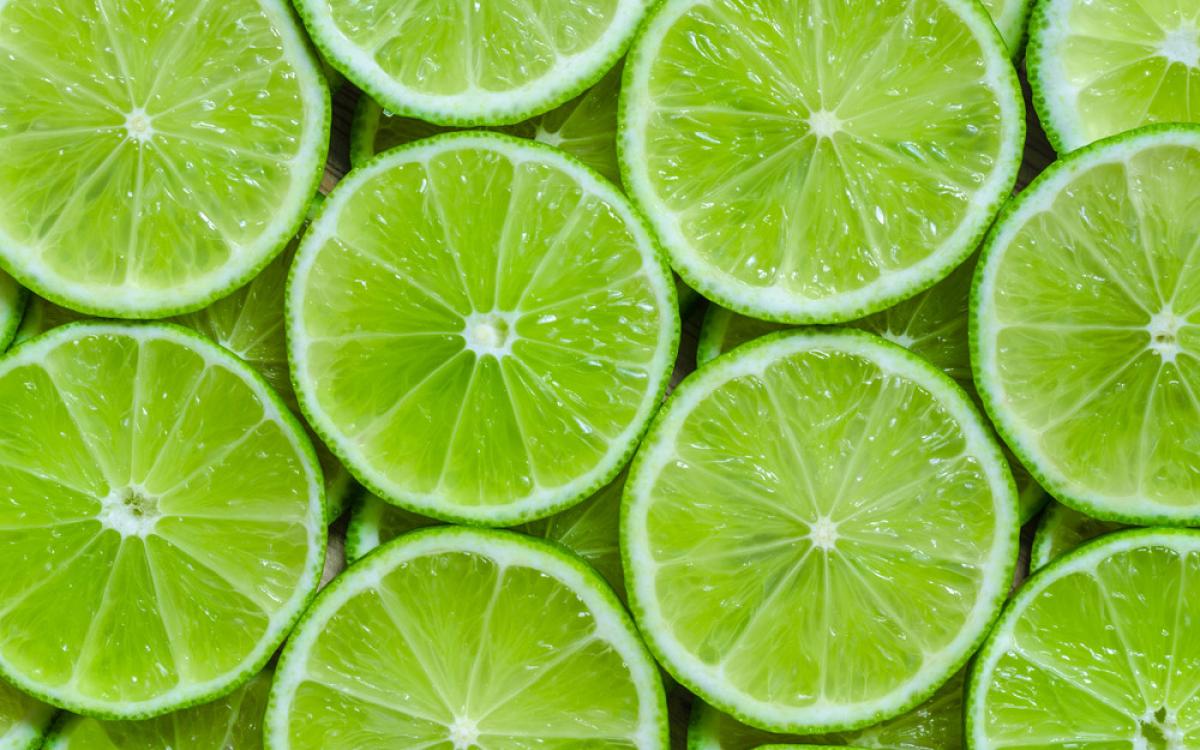Vietnamese lemons are very expensive in New Zealand, once compared to “green gold” in the country, according to Ambassador Tredene Dobson.
Lemons are one of the successful food exports from Vietnam to New Zealand after the market opened last year. This ingredient is essential for the hotel and restaurant industry, which is thriving in the country.
Sharing with VnExpress on the sidelines of the Flavors Vietnam event earlier this month, Ambassador Tredene Dobson highlighted the significant potential for Vietnam–New Zealand cooperation in the food and beverage (F&B) industry. According to her, this is a two-way relationship and is expected to continue growing in the near future.
Ambassador Tredene Dobson mentioned that Vietnamese restaurants are very popular in New Zealand. “People here also love Vietnamese cuisine. This creates opportunities for food exports to New Zealand, especially ingredients that are not produced here, such as rice and coffee,” she said.
Last year, New Zealand officially opened its market to import citrus products like pomelo and lemons from Vietnam, alongside fruits that were already available in the market, such as dragon fruit and rambutan.
According to Ambassador Tredene Dobson, Vietnamese lemons were once called “green gold” in New Zealand due to their relatively high price. As they cannot be grown locally, 1 kg of lemons there often costs over 50 NZD, equivalent to 31.1 USD (around 700,000 VND).
In addition to green lemons, Ambassador Tredene Dobson noted that people in New Zealand also enjoy other tropical fruits from Vietnam. “I hope to see Vietnamese-grown passion fruit in New Zealand supermarkets and restaurants,” she said.
To take advantage of this opportunity, she believes that Vietnamese businesses should carefully research the market, especially products that are liked by local consumers but cannot be produced locally. She also encourages Vietnamese agricultural producers to work closely with processing units to increase value and facilitate easier exports.
“Fresh products like lemons have the advantage of being easy to transport, but they have a short shelf life and the possibility of harmful pests that are not allowed,” she said.
According to data from the OEC (a leading global platform for visualizing international trade data), in 2020, Vietnam’s agricultural exports to New Zealand, such as coconuts and cashew nuts, totaled about 17.5 million USD; rice reached 5.53 million USD; and coffee amounted to 2.79 million USD. Agricultural, food, and beverage items make up the majority of New Zealand’s exports to Vietnam.
“New Zealand aims to become a reliable food supplier to Vietnam,” said Ambassador Tredene Dobson. Last year, F&B products accounted for about 80% of the total export value from New Zealand to Vietnam.
“The cooperation between the two countries in food supply is two-way; we have what you need. The goods from both countries do not overlap, they do not compete but complement each other,” she added.
However, the cooperation between the two countries is not just about trading consumer products at the end of the supply chain. Vietnam and New Zealand are also involved in the global F&B value chain. For example, businesses collaborate in beer production, with ingredients imported from New Zealand, factories located in Vietnam, and goods exported to other countries.
“Besides trading goods, we are always improving and innovating in technology. Our experience in agricultural technology will be a perfect complement to Vietnam’s development potential,” Ambassador Tredene Dobson said.

